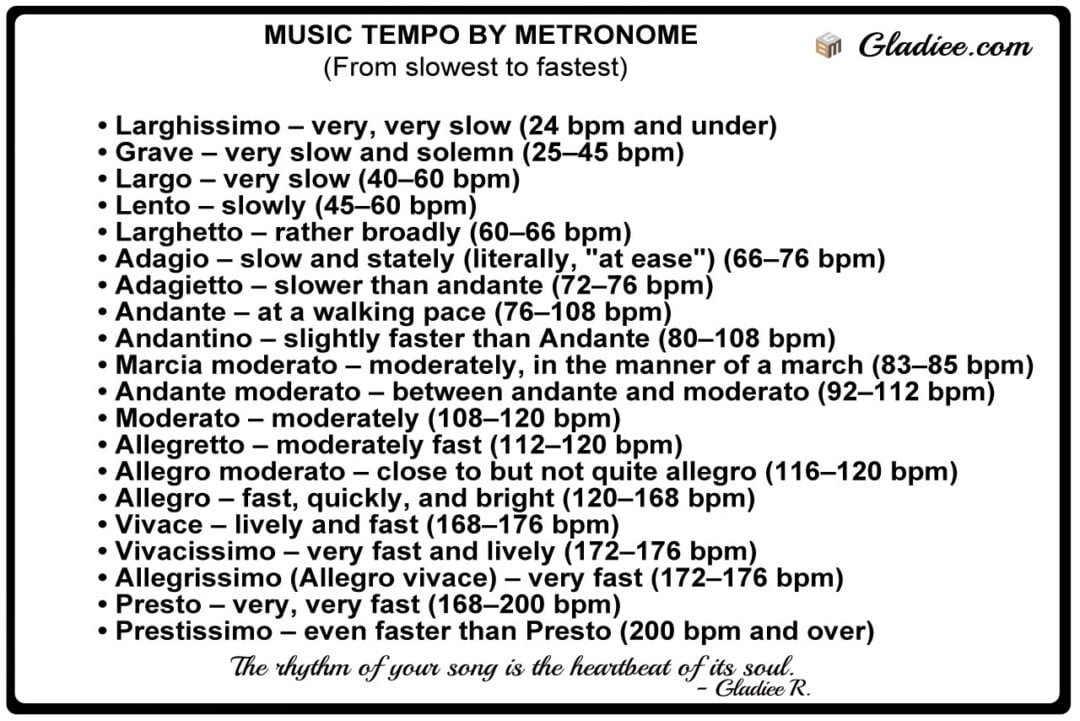RHYTHMS, BEATS and THE PULSE OF LIFE
“Rhythm: The Heartbeat Of Every Song”
The rhythm of your song is the heartbeat of its soul. Everyone on Earth has an innate attraction to low-frequency sounds, a trait pre-programmed during our earliest days. For nine months in the womb, our developing brains, nervous systems, organs, bones, and bodies are surrounded by the constant beat of our mother’s heart, typically ranging between 20 Hz to 500 Hz. This low-frequency sound is the first music we experience, and it leaves a lasting imprint.
This early exposure explains our lifelong fascination with bass. The most expensive stereo systems are prized for their sub-bass quality, and some people even fill their car trunks with subwoofers. The sound of our mother’s heartbeat for those nine months makes us particularly receptive to music with 60 to 80 beats per minute – the rhythm that is most comfortable for us to digest and enjoy.
But what about the fast-paced rhythms that we also love? Babies have much faster heartbeats, ranging from 120 to 160 bpm, which may explain why children and teenagers are drawn to faster tempos. As we grow, our resting heart rate adjusts from a newborn’s 70 to 190 bpm to an adult’s 60 to 80 bpm.
Composers and songwriters should not only focus on perfect melodies and chord progressions but also on synchronizing the song’s tempo with their audience’s heart rates. If you strike the right balance, you can resonate deeply with your listeners and truly open their hearts.
Pay attention to the rhythms you create today. If your song can resonate with your audience’s natural heartbeats, you have the potential to create music that touches souls and stands the test of time. Good luck, and remember to be mindful of your listeners’ fragile hearts.
INTERESTING FACTS OF LIFE
Resting Heart Rate of a Newborn Baby:
Newborns (0 to 1 month old): 70 to 190 bpm.
Infants (1 to 11 months old): 80 to 160 bpm.
Children (1 to 2 years old): 80 to 130 bpm.
174 Hz Sound Frequency:
Known as the healing frequency, 174 Hz is believed to have the greatest physical impact, alleviating pain and stress, improving concentration, and providing a sense of security to the body’s organs.
432 Hz Sound Frequency:
Known for enhancing mental clarity and focus, 432 Hz music promotes relaxation and calmness, reducing mental fog and increasing concentration.
963 Hz Sound Frequency:
Also known as the God Frequency, 963 Hz is thought to have incredible power and potential to influence the human body and mind.


